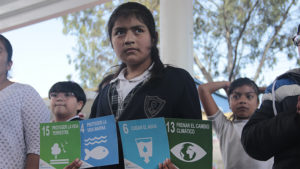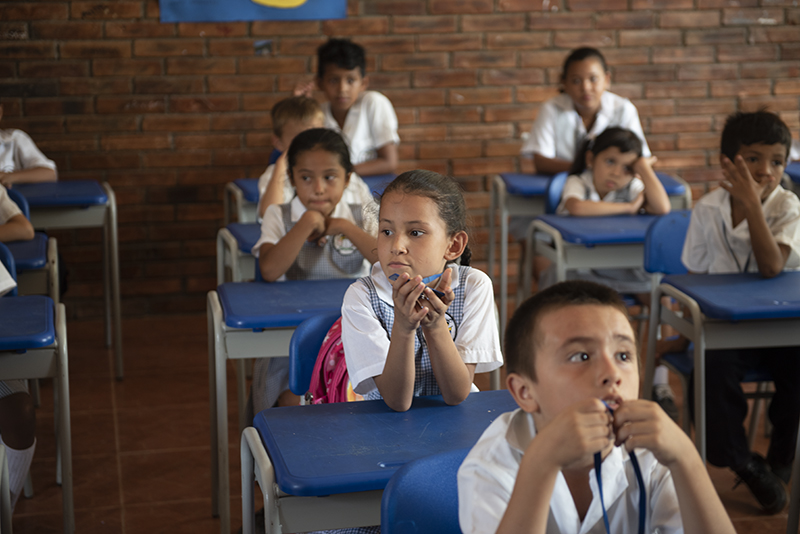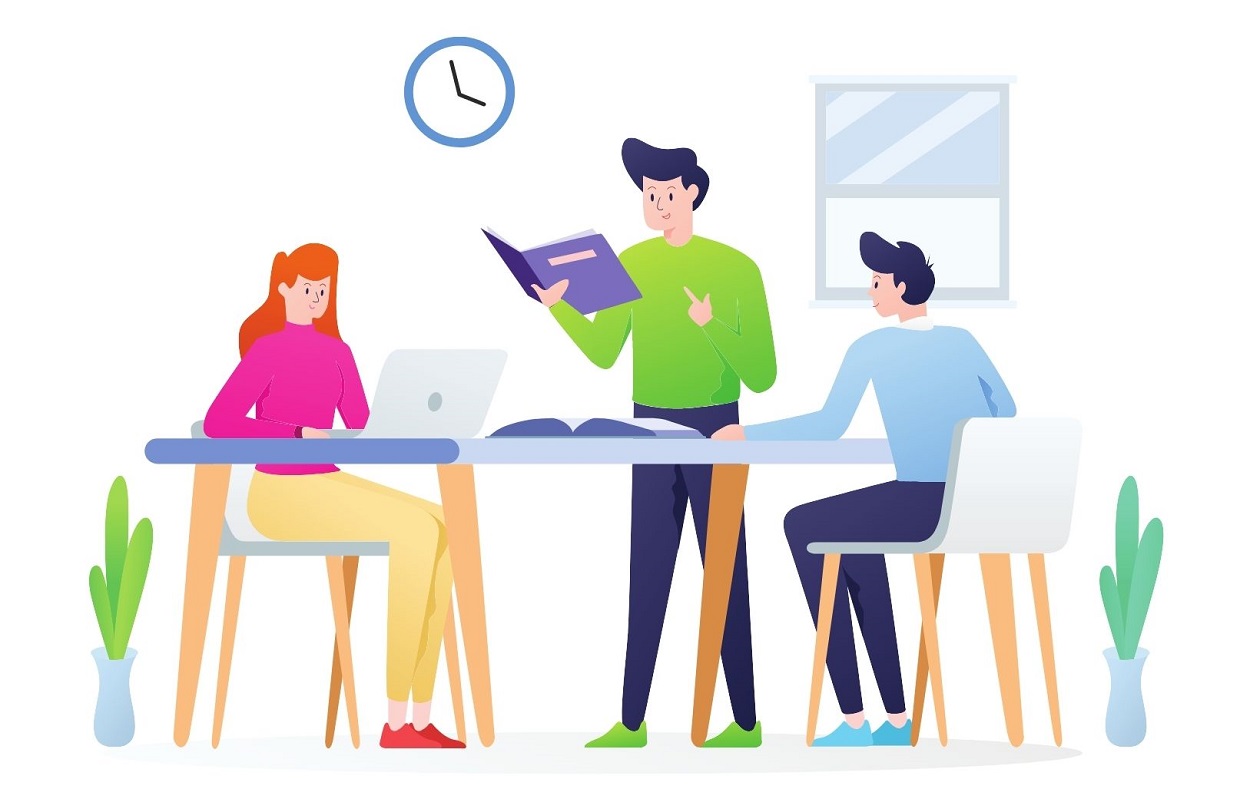As with almost everything else, it seems that education only makes headlines when it is bad news: learning losses, teacher shortages and poor teacher training, lack of investment in education policies… This could give the false impression that everything that happens in the world of education is negative. And nothing could be further from the truth. Behind the big numbers and politics in capital letters, education is full of wonderful and positive little stories that deserve to be told. Let’s talk about it to set an example. What are best educational practices? Why is it necessary to identify, bring together and talk about them? How do we do it? We’ll see below.
The “Trojan horse” of education

What are best practices? The Ministry of Education of the Spanish Government states that it is an initiative, a policy or a successful model of action that improves school processes and pupils’ educational outcomes. For its part, UNESCO, within the framework of its MOST programme (Management of Social Transformations), has specified the attributes of best educational practices and the features that characterise it. In general terms, best practices should be:
- Innovative: they develop in new or creative solutions.
- Effective: they demonstrate a positive and tangible impact on improvement.
- Sustainable: because of their social, economic and environmental requirements, they can be maintained over time and produce lasting effects.
- Replicable: they serve as a model for developing policies, initiatives and actions elsewhere.
Behind the big numbers and politics in capital letters, education is full of wonderful and positive little stories that deserve to be told.
Education expert Axel Rivas mentions several characteristic elements of best practices:
- Meaning: best practices appeal to meaning, they enhance students’ engagement with learning. They generate contagion, desire, willingness to learn, thus enhancing students’ capacities in their own learning construction process.
- Justice: best practices carry with them an idea of social justice, a commitment to the social construction of citizenship. They seek to foster a more inclusive education system that is built on the notion of education as a human right and seeks inclusion in the face of diversity.
- Innovation: as we have already mentioned, best practices are also innovative proposals, which approach a task, an aspect or an educational dimension from an original, creative point of view and propose redesigns to try to change certain school inertias and traditions.
- Reflexivity: Best practices are not recipes that one simply follows and applies. They should generate a process of constant reflection on practice and promote the critical thinking of those who carry it out.
- Sustainable: practices that can be institutionalised, recreated, appropriated and ideally scaled up by other organisations. Best practices cannot be “trapped” within the subject or institution that has created them. They must be able to be communicated, applied and reinterpreted by others.
- Reporting: this is an element that follows on from the previous one and, according to Rivas, defines the essence of best practices. For this expert, “the best way to define what are best practices is what is worth telling other colleagues about”. It is worthwhile because it works, because it generates better learning processes, because it makes sense and because it can be sustained over time. And for all this, it should not remain “buried” in an institution, but should be told and replicated.
Within best practices, there is a special group: transformative projects that go beyond their own boundaries and have a cascading effect on the whole system. In the words of Axel Rivas, innovations that “conspire” against “a bureaucratic, dispassionate, alienating and incomprehensible school order for students and their teachers” (Rivas et al., n.d.). These innovations function as the Trojan horse of the education system and achieve, from everyday practice, the profound transformation we are looking for.
Within good practice, there is a special group: transformative projects that go beyond their own boundaries and have a cascading effect on the whole system.
Why talk about best practices?
There are different reasons why it is appropriate to identify, bring together and disseminate best practices. These include the following (Ministry of Education and State School Board, n.d.):
- They allow learning from others.
- They facilitate and promote innovative, successful and sustainable solutions to shared problems.
- They bridge the gap between effective empirical solutions, research and policy.
- They provide excellent guidance for the development of new initiatives and the definition of policies.
How to tell best practices? The importance of narration
Since the beginning of time, narrative has been the fundamental tool used by human beings to transmit knowledge and experience. And the beneficial effect of best practices storytelling is bidirectional: it helps not only those who will receive the story, but also the storyteller. Because, in the same way that, according to the psychologist and educator Jerome Bruner, narration gives meaning to our lives, narrating best practices contributes to its conceptualisation and significance. Narrative is a way of thinking, a structure for organising our consciousness and a vehicle in the process of education and, in particular, science education (Bruner, 2003). So putting into words what we do, documenting it, taking the time to write it down helps to realise our own practices in the way we narrate them.
How to tell the story of best educational practices to get the most out of it? Axel Rivas shares a series of tips that can be very useful:
- Finding the core. Find the central focus of the story, what differentiates it from other experiences, and organise the story around that focus, core or heart of the experience. The core should be the guiding light for practice.
- Contextualising practice. No practice works in isolation. It needs to be put in context to explain its origin and its specific purpose.
- Narrative synthesis: good narrative synthesis involves telling the experience in a way that is understood and allows the reader to use that best practices. Its history, its evolution, the critical moments, the trials it had to go through… You have to give the reader as many clues as possible so that they understand how it was made and can understand all its mechanisms if they want to replicate it
- Evidence of improvement: Make the case for best practices, both quantitatively (if it achieved concrete measurable impact) and qualitatively (e.g. testimonials). This justification must have scientific criteria of methodological validity.
- Incorporate different voices. We will try, as far as possible, to incorporate different voices that can give a first-person account of the experience, seeking diversity and reflexivity. In other words, we want to hear different voices that allow us to reflect together on the practice: what worked, what didn’t work, the obstacles faced, the lessons learned. This will allow the reader to feel that the practice is much closer and achievable.
In a world where, let’s face it, good news has been in short supply lately, best educational practices are small rays of light of educational innovation that can open a new door to the world of learning. For this to happen, for an example to be set, their compilation, systematisation and dissemination is an essential exercise that constitutes the raison d’être of this Observatory. If you want to know more, stay tuned.
References
Ministry of Education, Culture and Sport and the State School Council. Government of Spain. (n.d.). On the concept of best practices.
Educational portal of the Americas. (6 August 2022). Briefing on the mapping of best practices in digital education in the Americas. Available at https://www.youtube.com/watch?v=Tnk7SMC5LDM
Rivas, A., F. André and L. E. Delgado (Comp.). (n.d.). 50 educational innovations for schools. EduLab and CIPECC.






